All Photos of the production model Espresso are courtesy of ZipFit.
I’m going to lead with this and then make a quick exit. This November, ZipFit will release a new touring-specific liner called the Espresso. Ok. The exit.
ZipFit: What does it stand for? And what is it good for? The easy part first. Evidently, the Zip stands for Zero Pressure Injection Fit. Ok then. ZipFit liners are traditionally foamless high-end liners constructed from neoprene, microfiber, and leather. ZipFit liners also have strategically placed pouches (the tongue and left/right side of each ankle, respectively) where a cork composite can be added (and removed) to customize the fit. From my experience, the cork composite is somewhat like the cork-soled Birkenstocks: the cork molds to each individual’s specific anatomy over time. Although I spent one full season in a pair of ZipFit prototypes last season, in my experience, the cork composite does add the ability to customize and fine-tune fit.
So what are ZipFits good for? It seems when you lift the hood and begin chatting with folks who obsess about ski-boot fit, ZipFits eventually come up. For every one person I’ve spoken to who is meh on ZipFits, I’ve spoken to or heard from way way way more folks who are into them. The brand seems to have a dedicated following. Especially amongst those who place an emphasis on unparalleled heedhold.
I know you know, but we do human-powered. Which, by default, means that at some point, excessive weight becomes an issue, regardless of how good the downhill performance is. Traditionally, ZipFits weigh in the 500g+ range—and those benchmarks are for a 26.5. So the whole shebang gets heavy fast. My Zero G Tour Pros, which weigh 1328g with the stock liner, get a whole lot heftier with a 500g+ liner. ZipFit does have the GFT liner, which is marketed to both hearty tourers and freeriders. But, still, the bones are big (meaning 500g+) and some say they are poorly suited for long days, traverses, and expeditions due to their neoprene toe boxes (they absorb moisture and the toes can suffer).
On the upside, of which there are many, ZipFits are historically very durable. In most cases, where the liners are properly cared for, ZipFits usually last significantly longer than more traditional foam touring liners. And, yes, their fit. In my experience, they fit well and enhance the skiing experience with my Zero G Tour Pros.
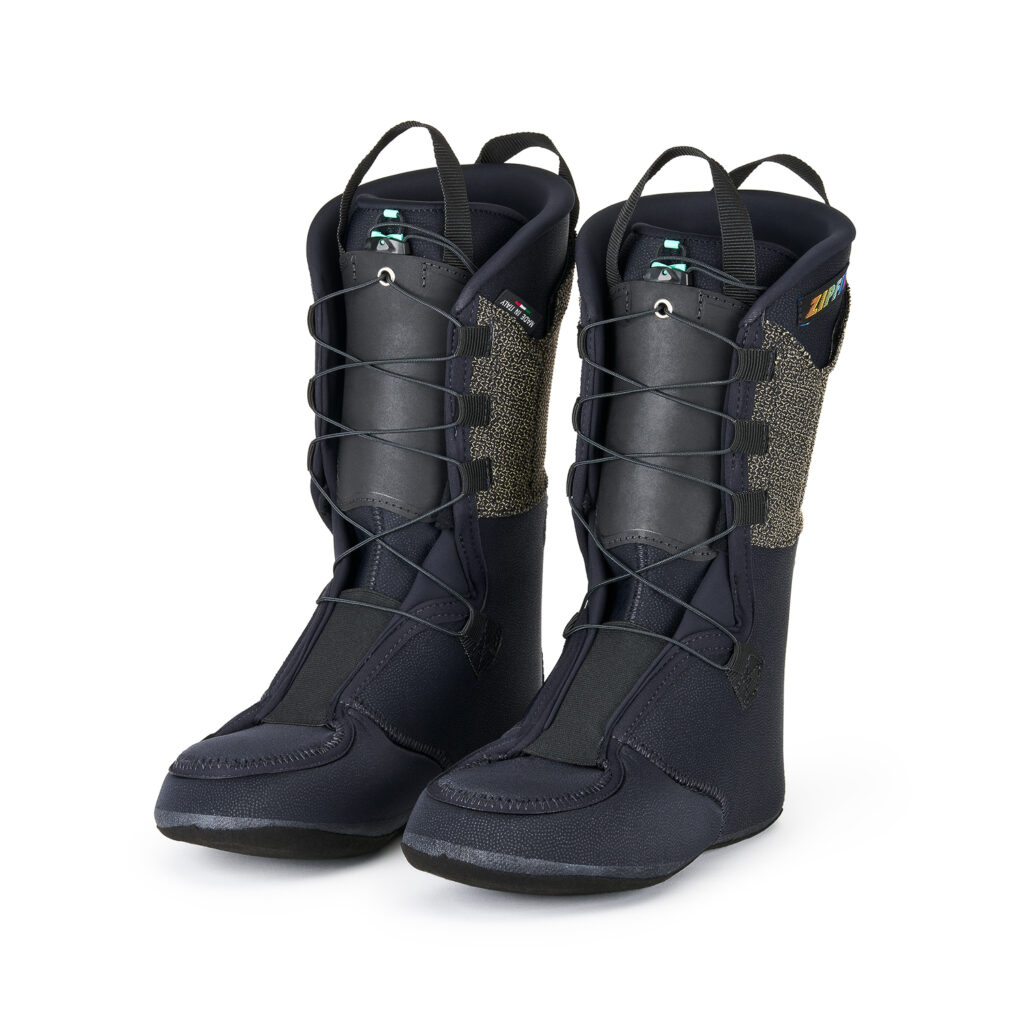
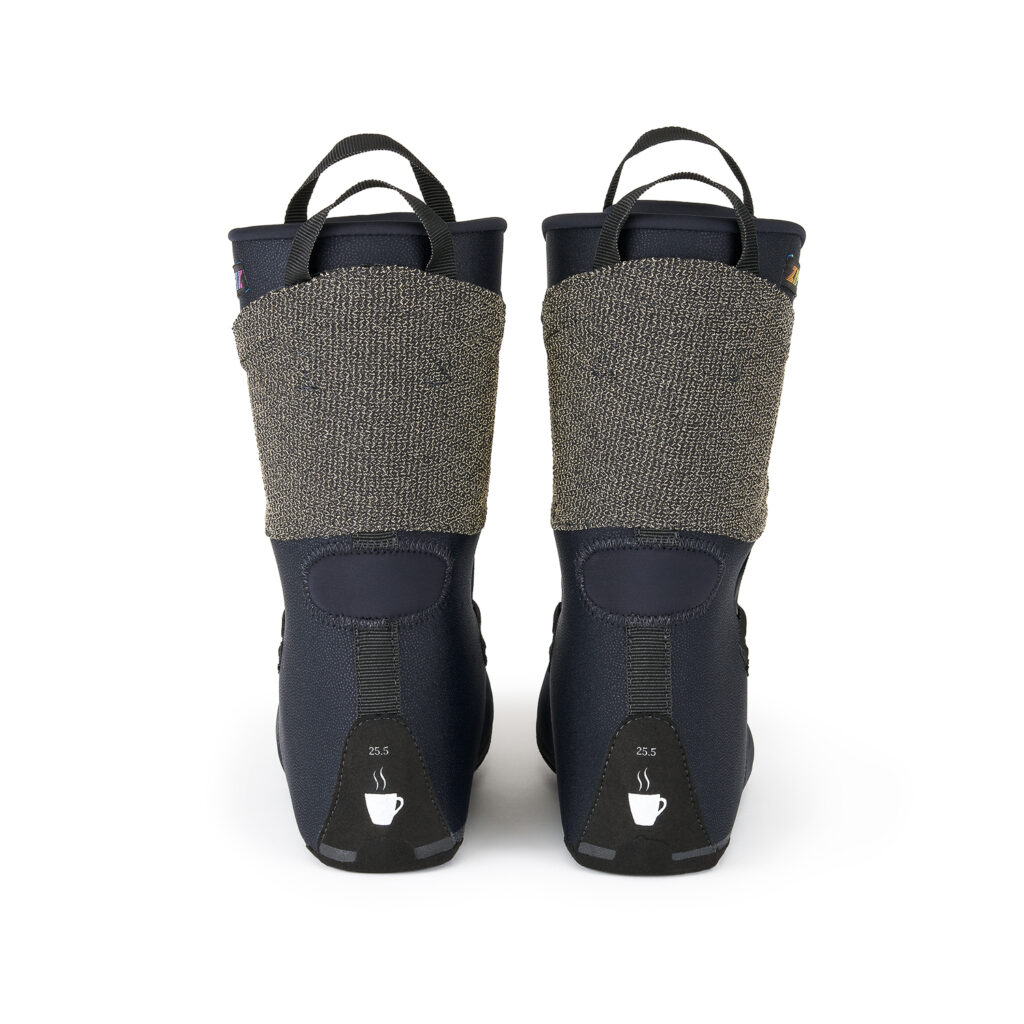
A few weeks after we drop this podcast, ZipFit will drop its Espresso liner. Will this be the liner for you? Maybe. I used an Espresso prototype liner all last season in my Zero G Tour Pros. Unequivocally, my skiing and touring experiences were excellent in the liners. According to Jeff Colt, the all-things-ZipFit go-to on the podcast, they have made some significant enough changes to the Espresso liner that we won’t do a full-blown review. But with a boot like the Zero G Tour Pro, I felt that my boots were 10-15% more responsive on the downhills with minimal sacrifice on the uphills. In my lighter boots, such as the La Sportiva Kilo, for example, the Espresso made the boots more stable in manky-variable snow, but the range of motion was reduced and the friction increased.
The Espresso is a departure for ZipFit. They use thermomoldable foam, and no neoprene around the toe box. I stayed warm all winter in the liners. The pouches for the cork remain in their usual locations (adding cork is easy), and the tongue, reinforced with plastic, remains stiff/rigid, and it too is customizable with cork. The outsole on the production model has an outsole to cover any exposed stitching. I had no issues with the 3mm sole (I suppose folks could always add a footboard for added volume reduction); the liner does come with a nice-looking 3mm footboard for those requiring volume reduction.
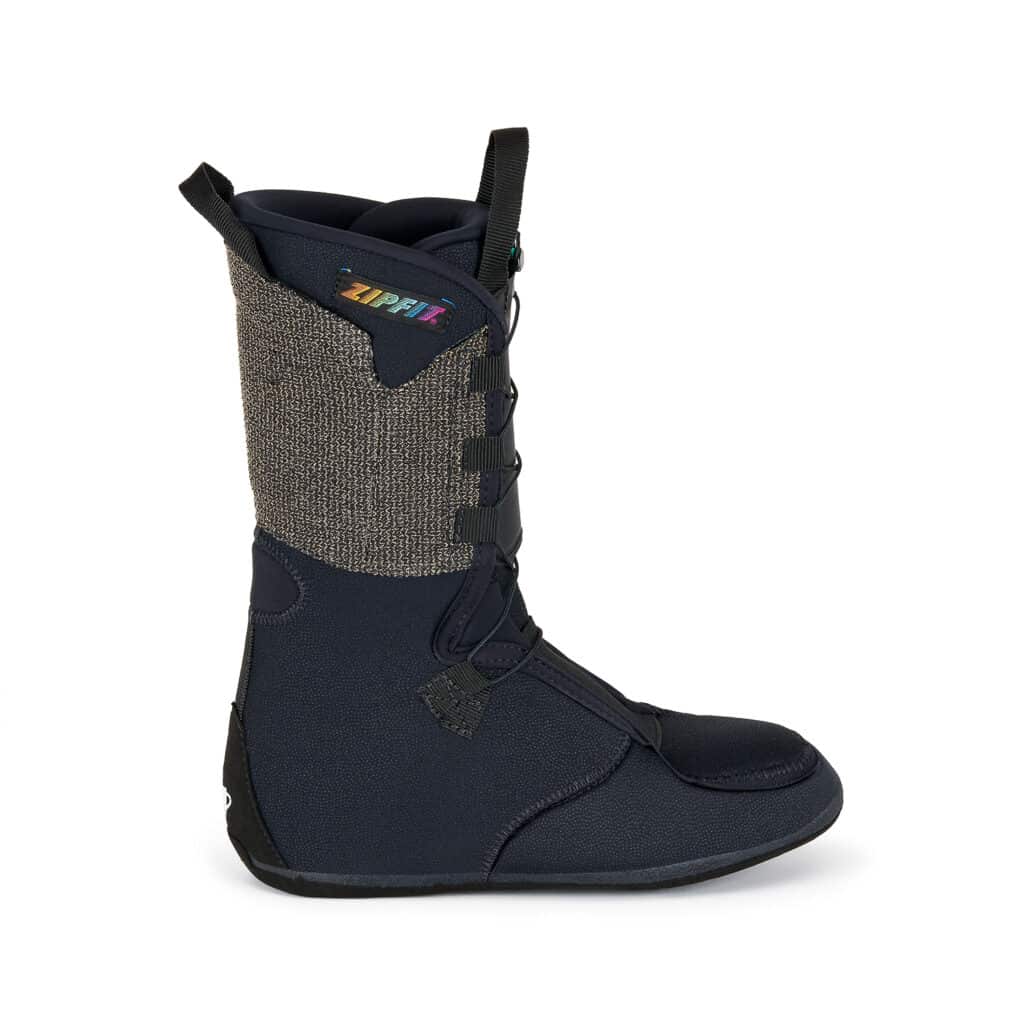
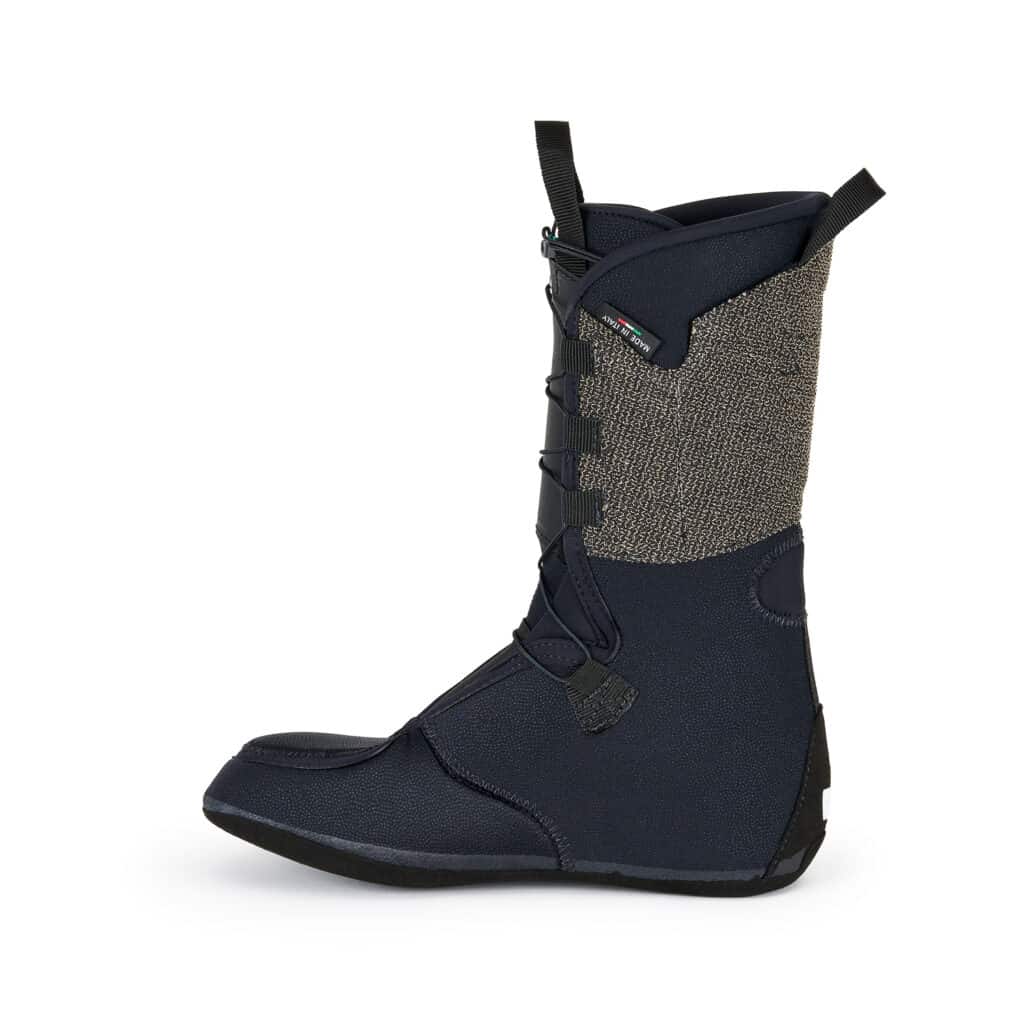
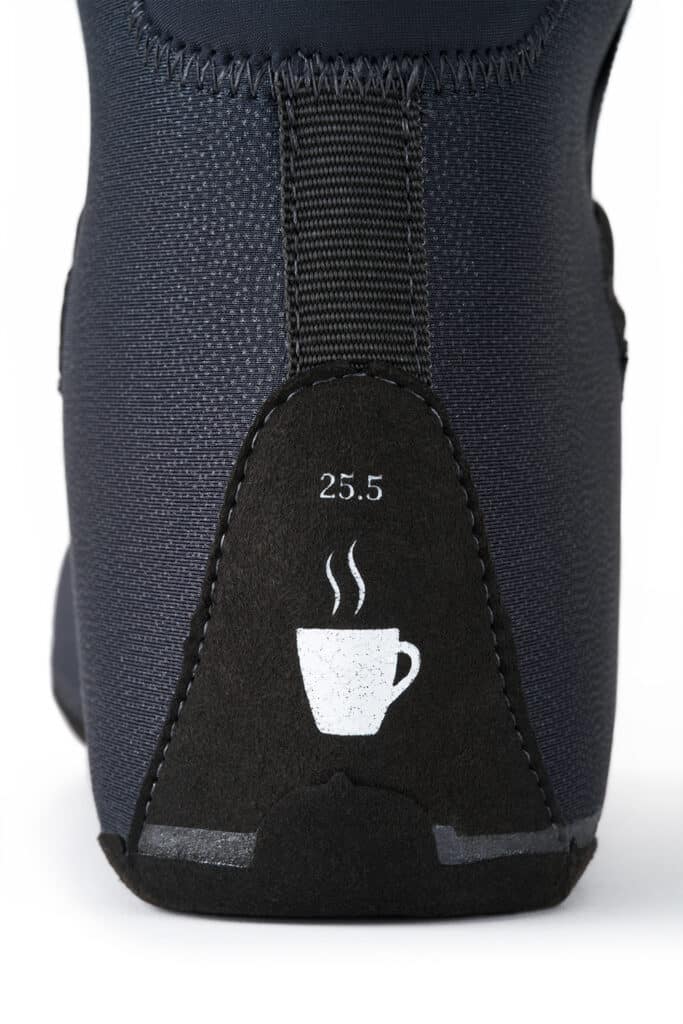
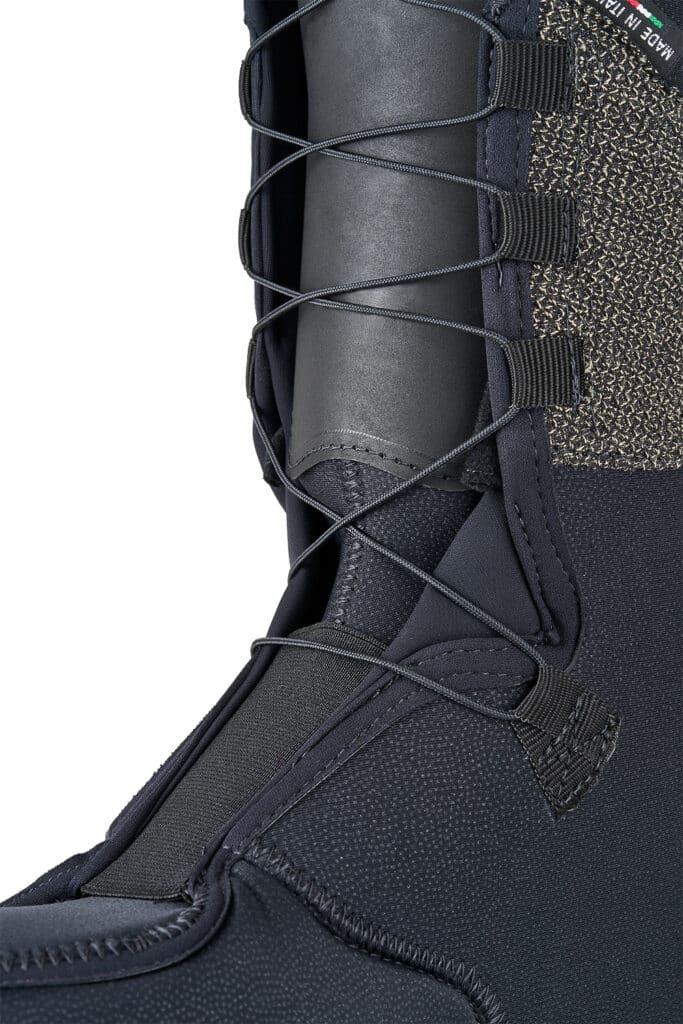
Further, the Espresso’s weight will be in the low to mid-300g range for most sizes. Dave Searle, in his video, has a production Espresso size 25.5, weighing 318g. My prototype, with approximately 18g of added cork and the foam spoiler, weighed in at around 340-350g.
I want to add that we get it, this stuff is not cheap. A ski boot liner that is over $500, let alone over $200, is an unfathomable stretch. ZipFit is aware of this. And although they have a steady clientele of folks who have no issue paying a premium for premium liners, the rest of us might shudder. The Espresso, like all the ZipFit liners, is made in Italy to exacting standards, which speaks to its quality. The Espresso, as a thermomoldable foam liner, requires some TLC to keep it running smoothly. Remove them after each tour, and properly dry them out. That way, you will stretch your dollar, and likely, enjoy your touring experience for many more tours.

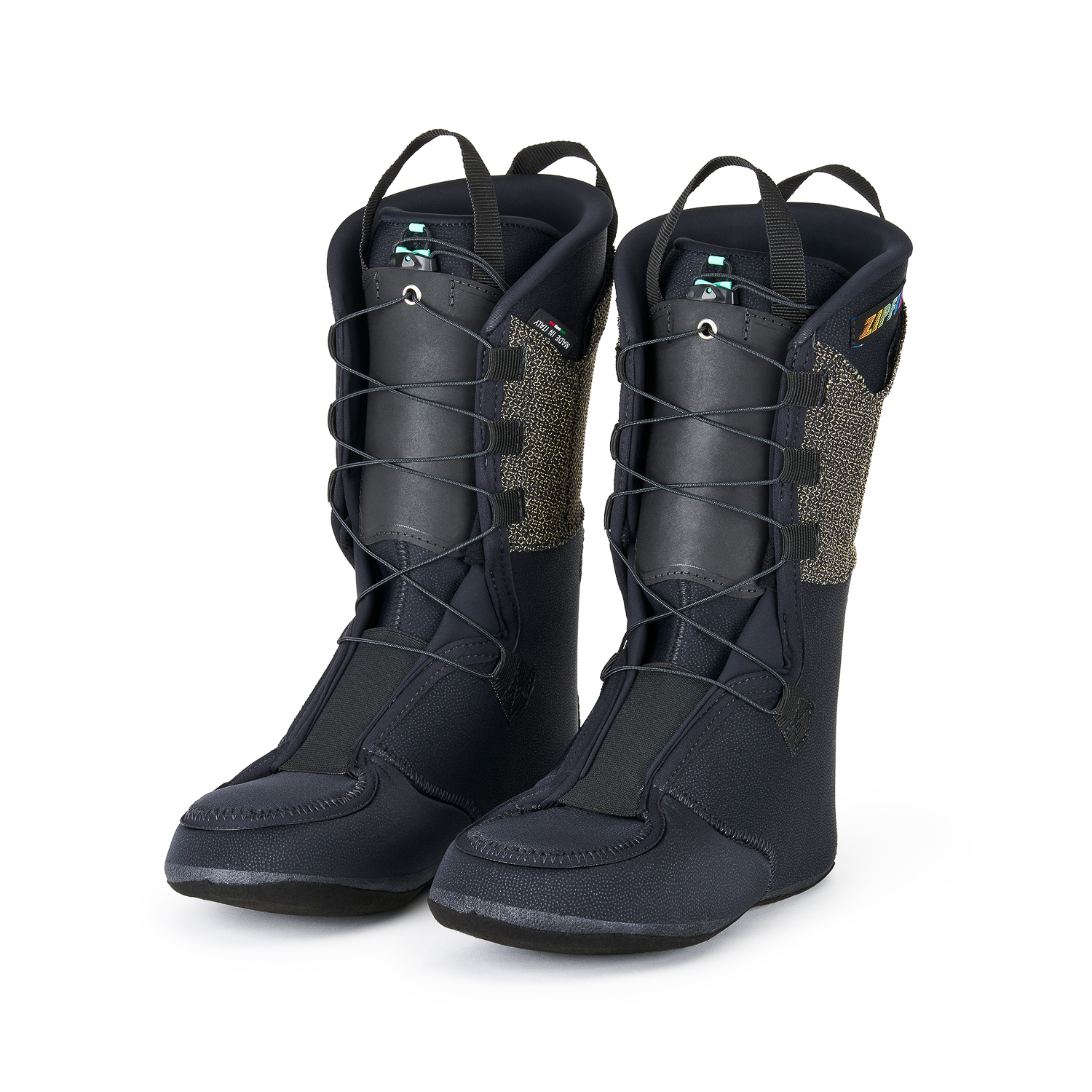
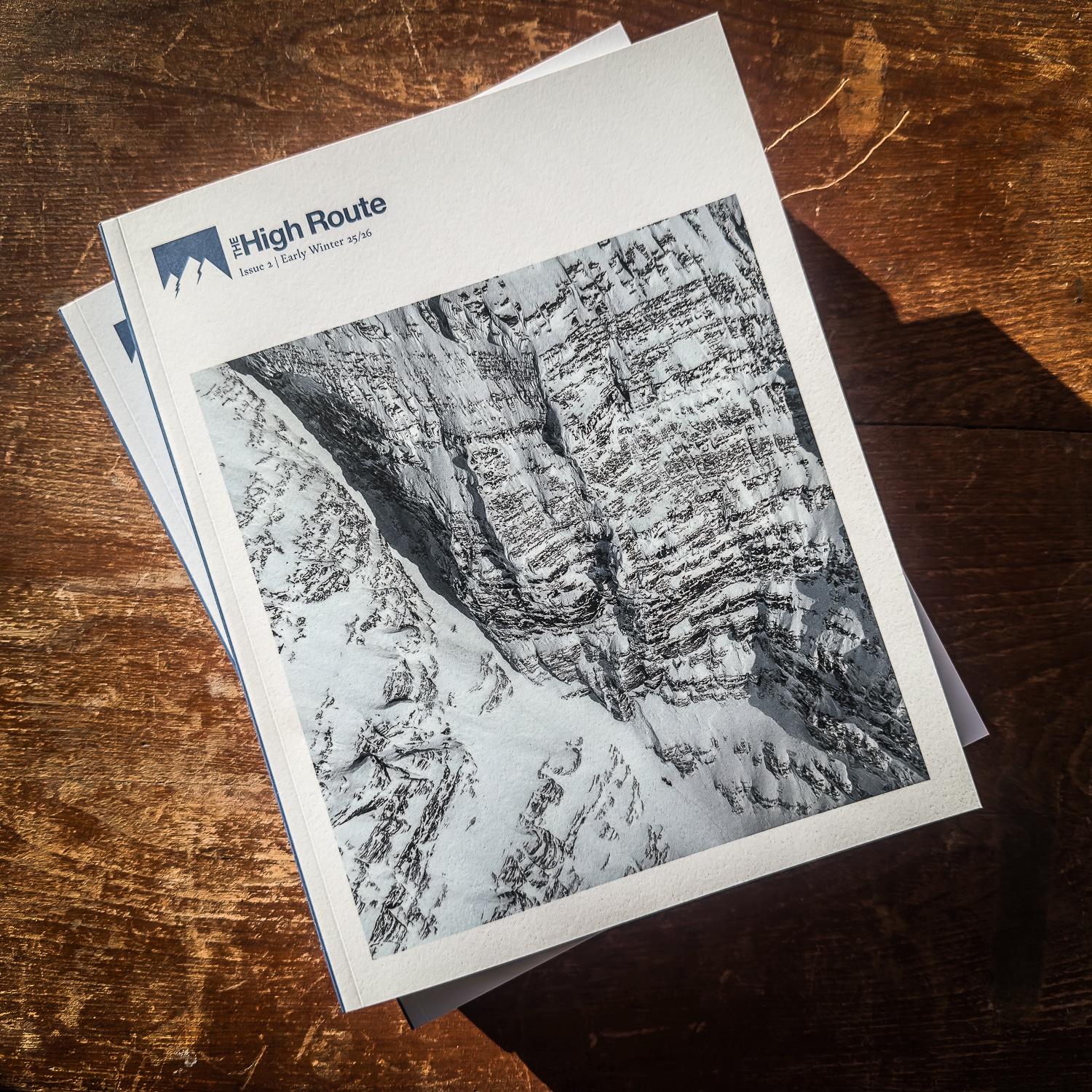
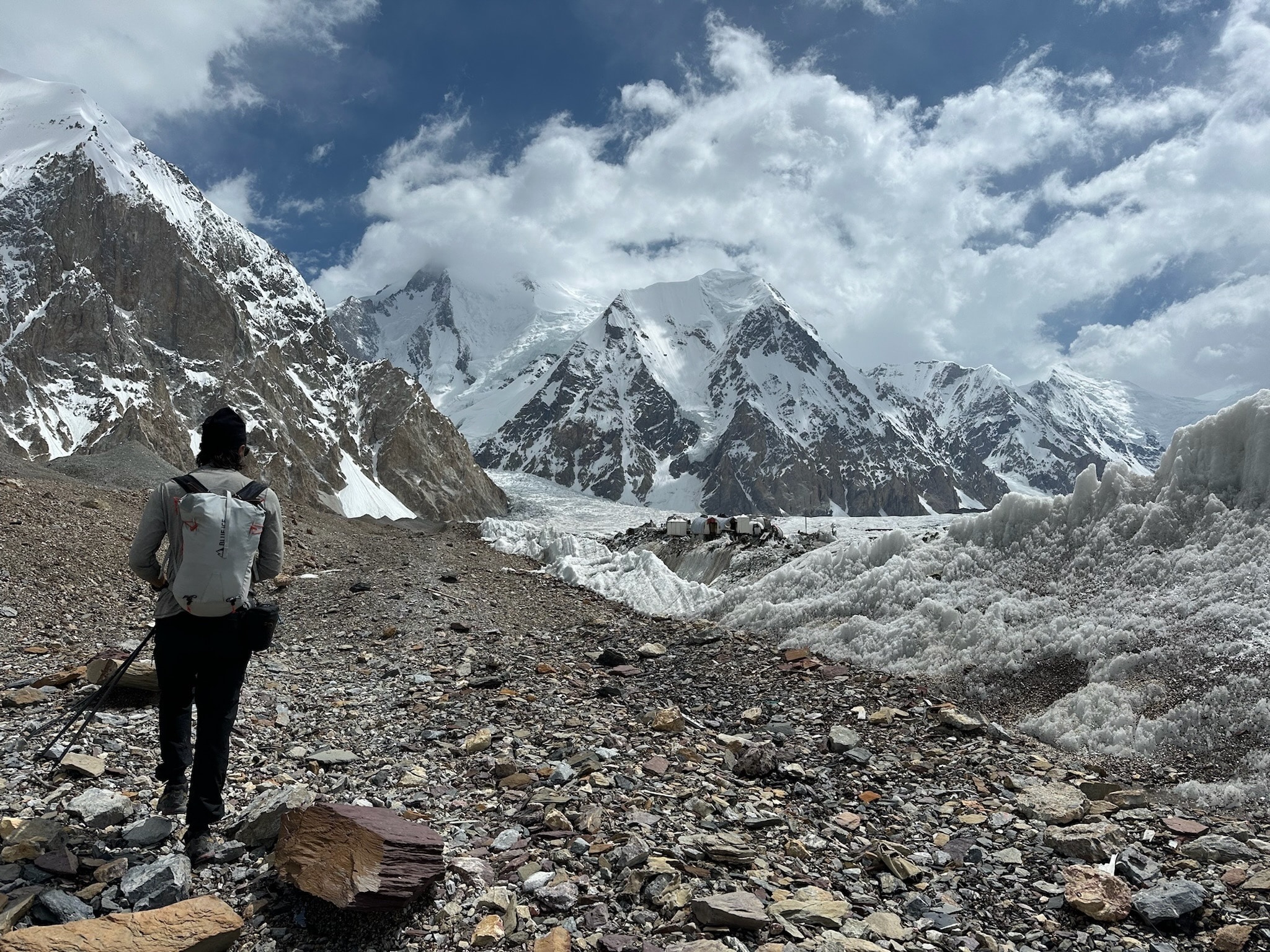
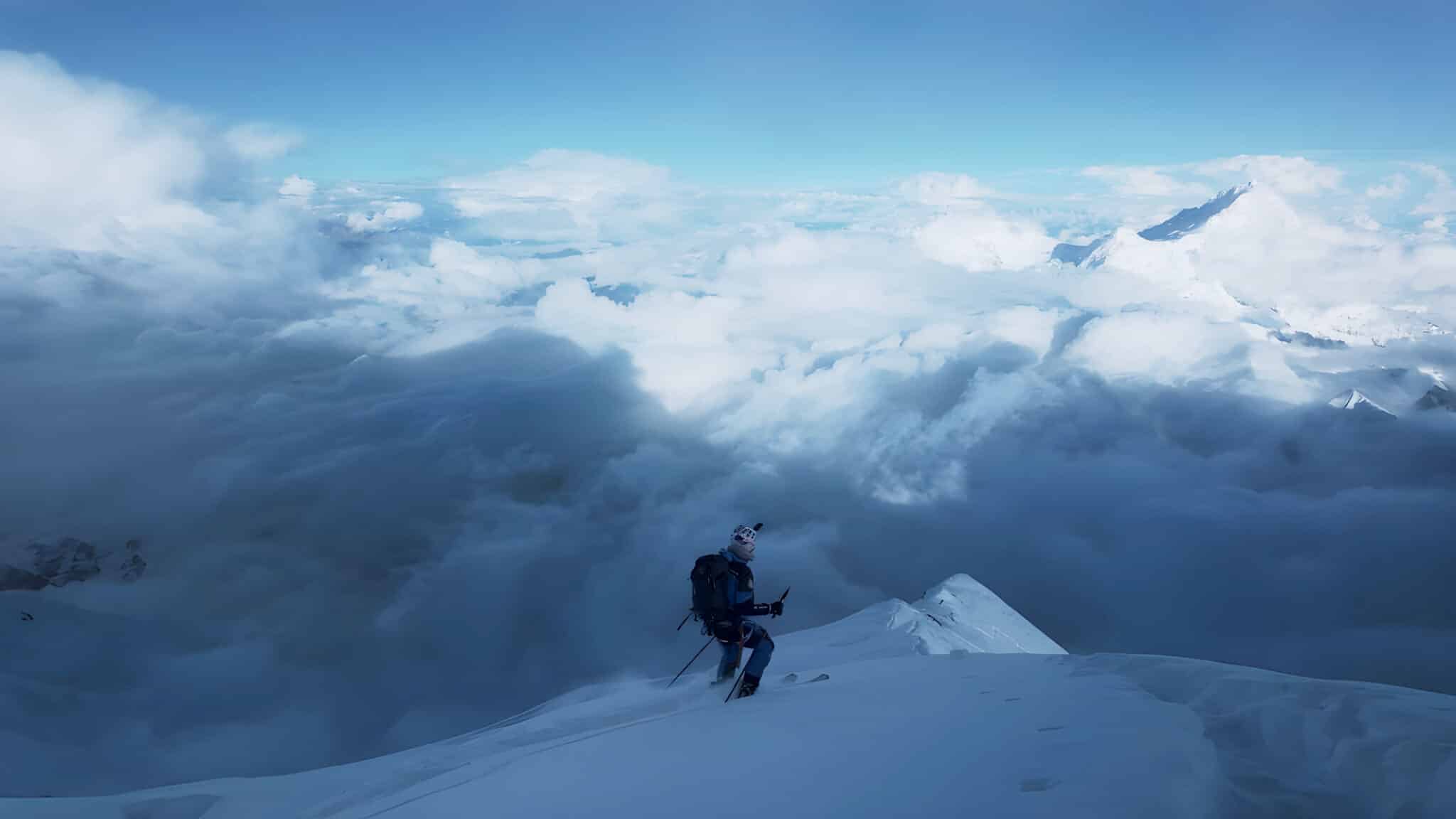
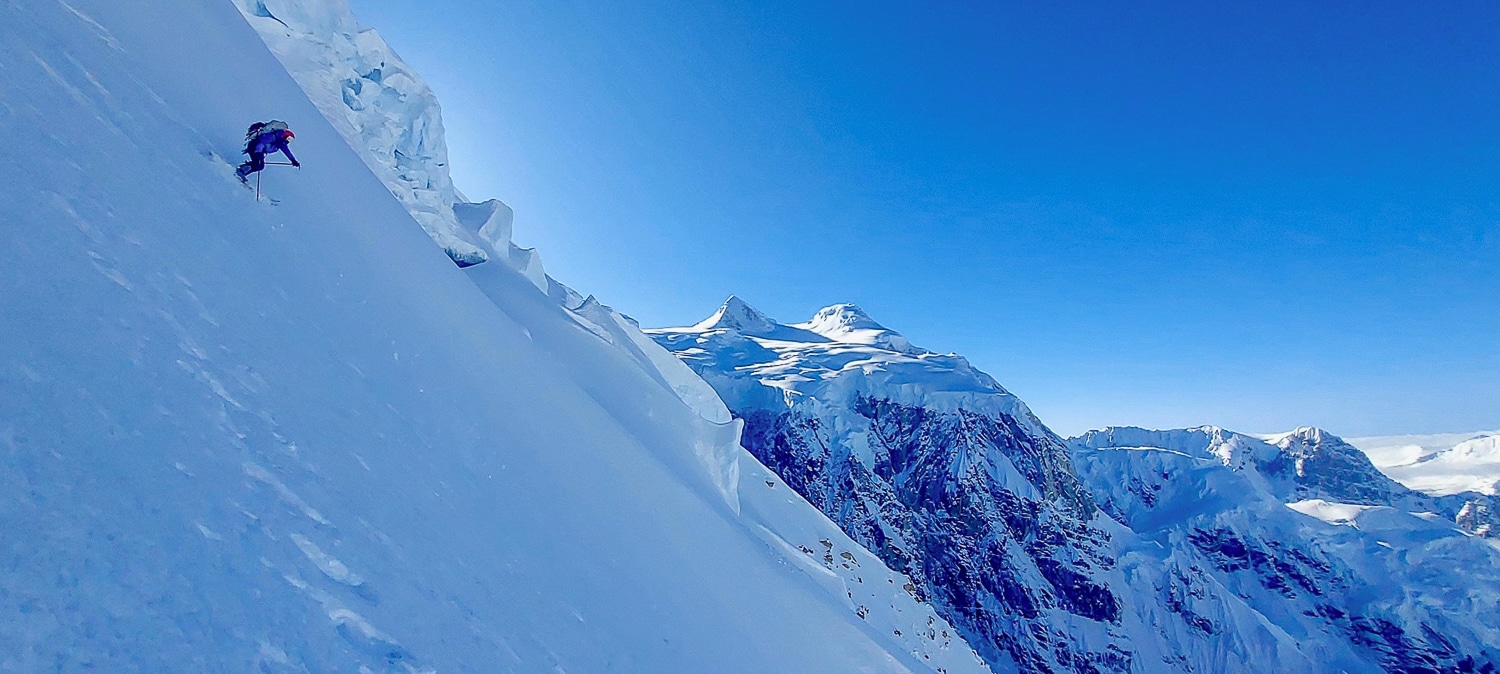
Leave a Reply
You must be logged in to post a comment.